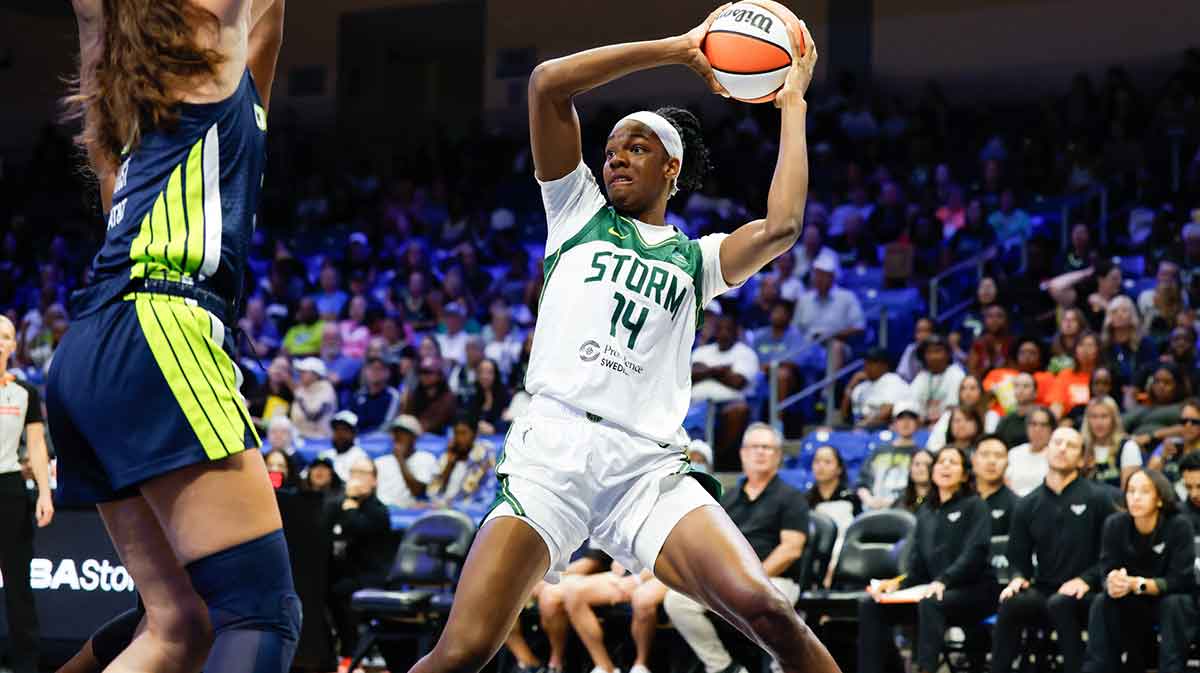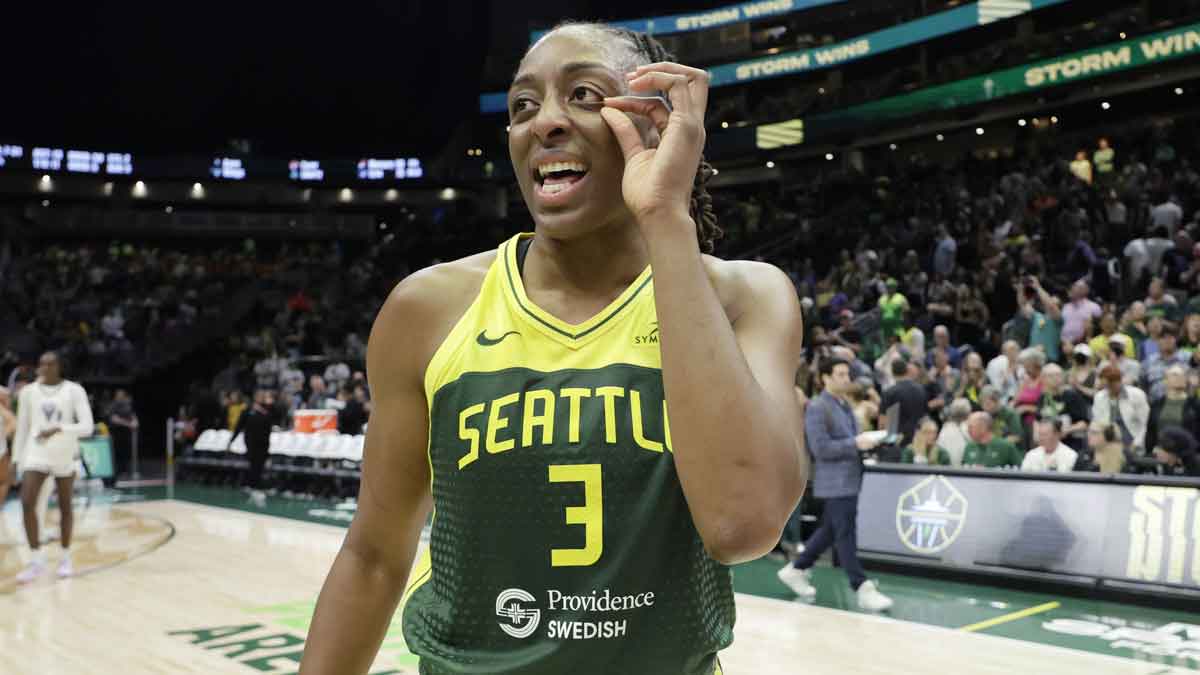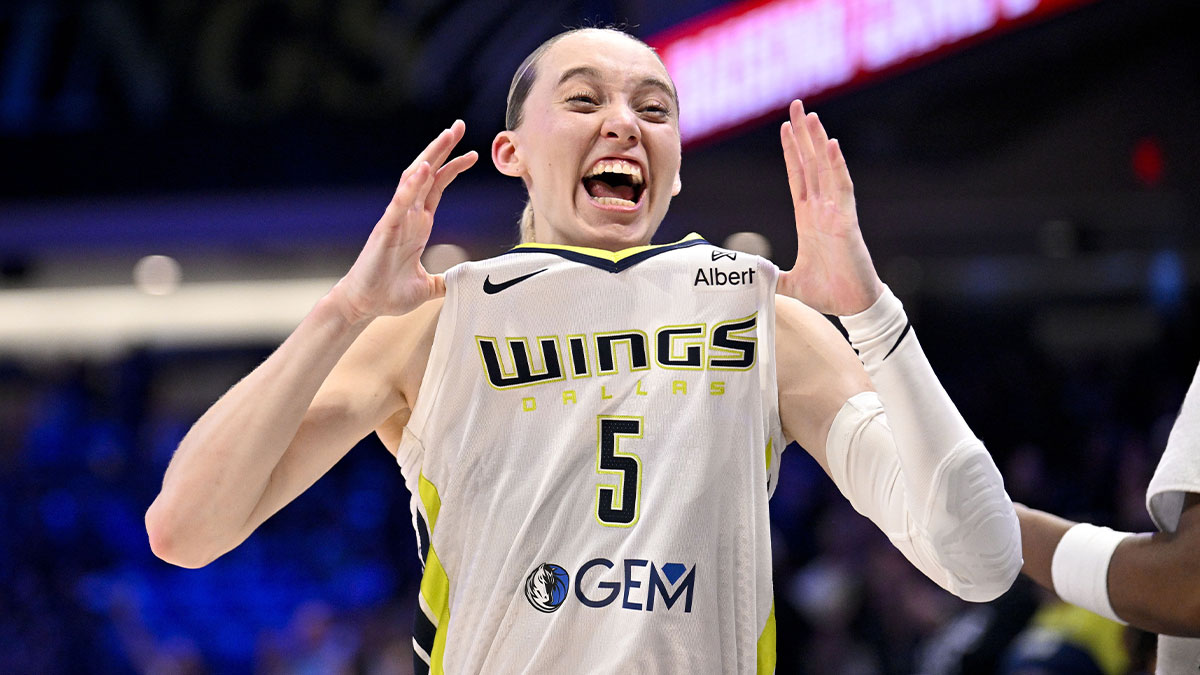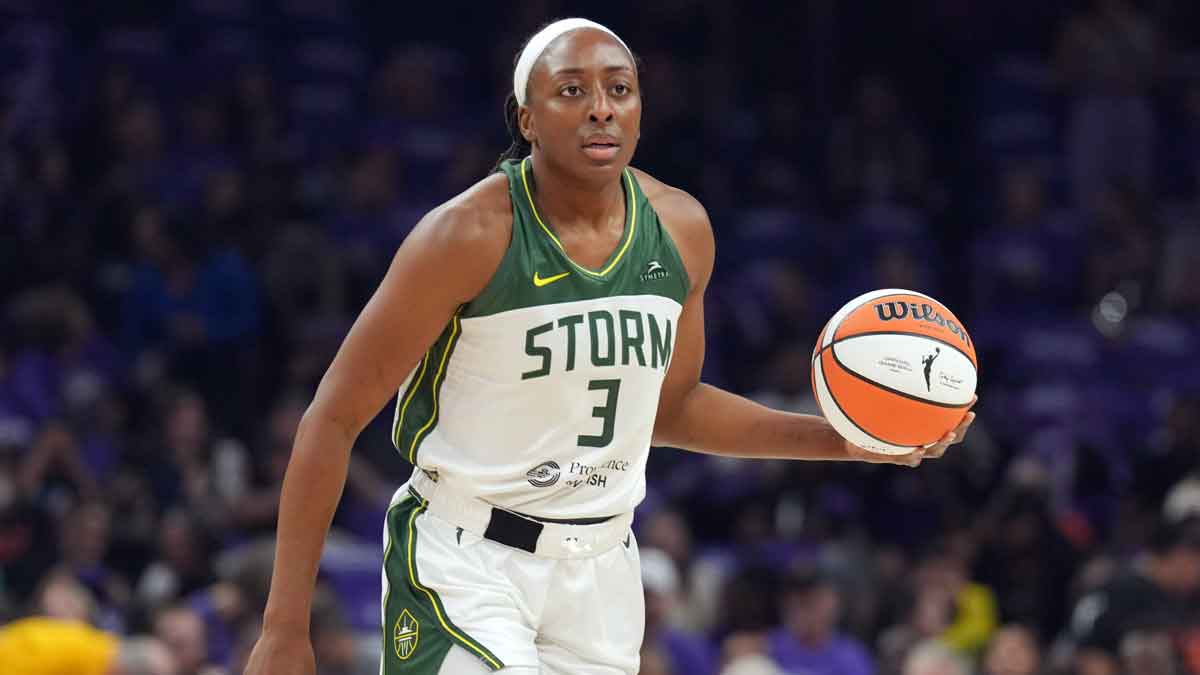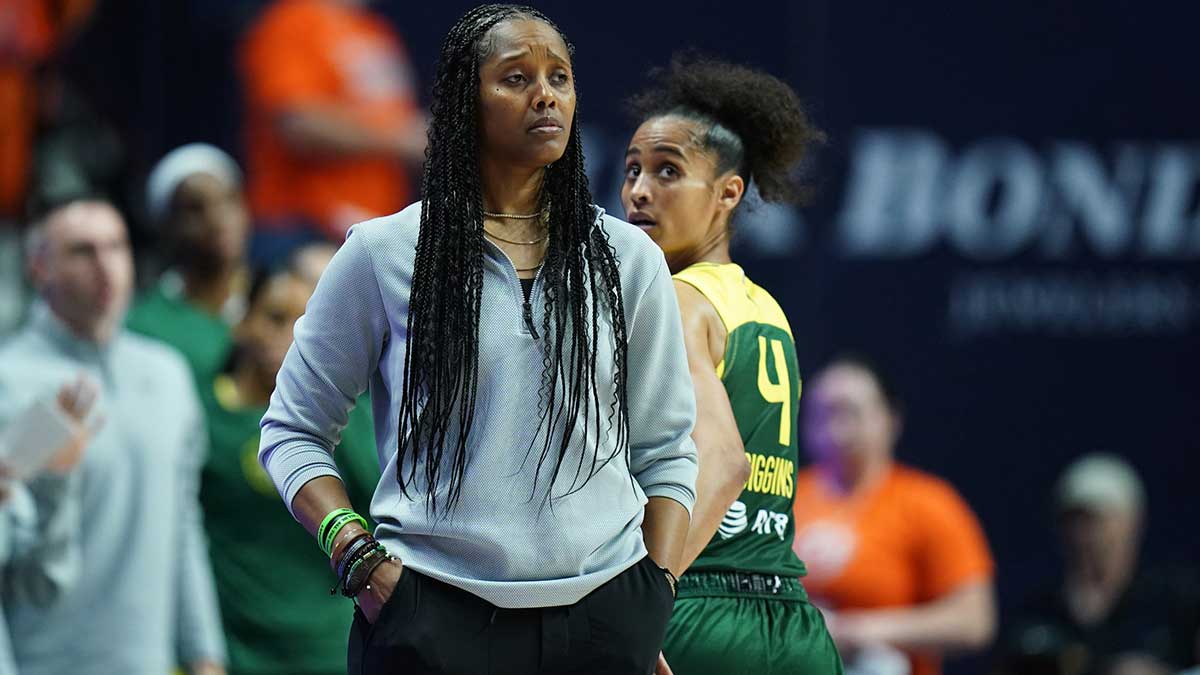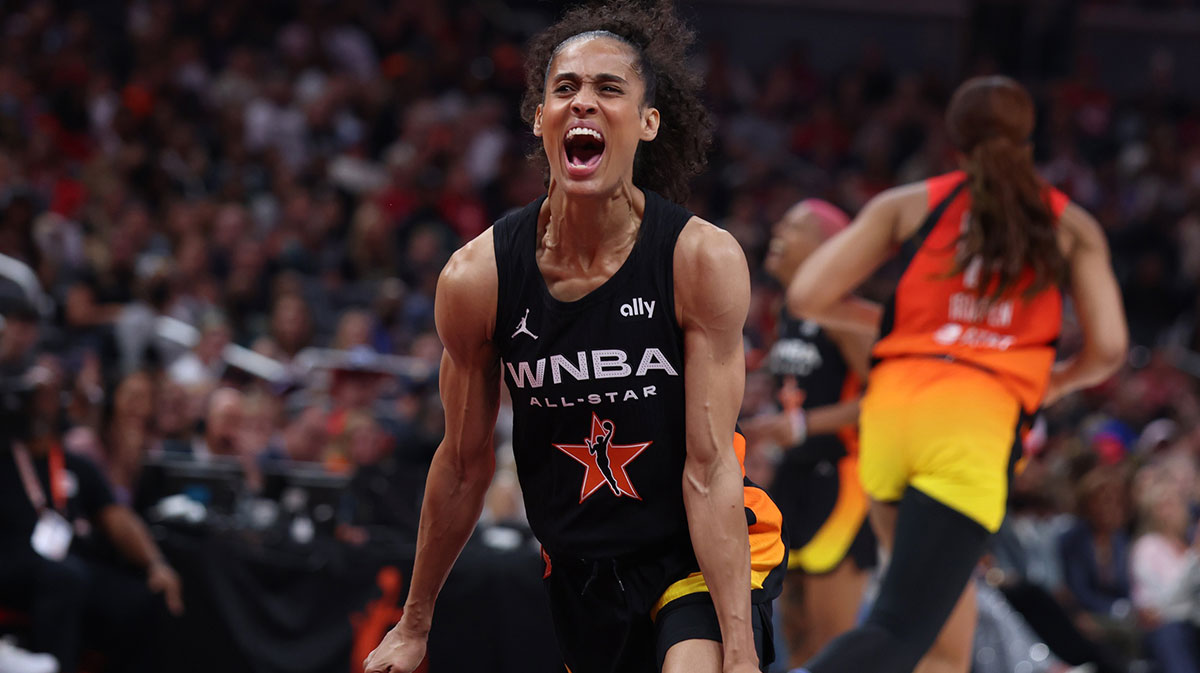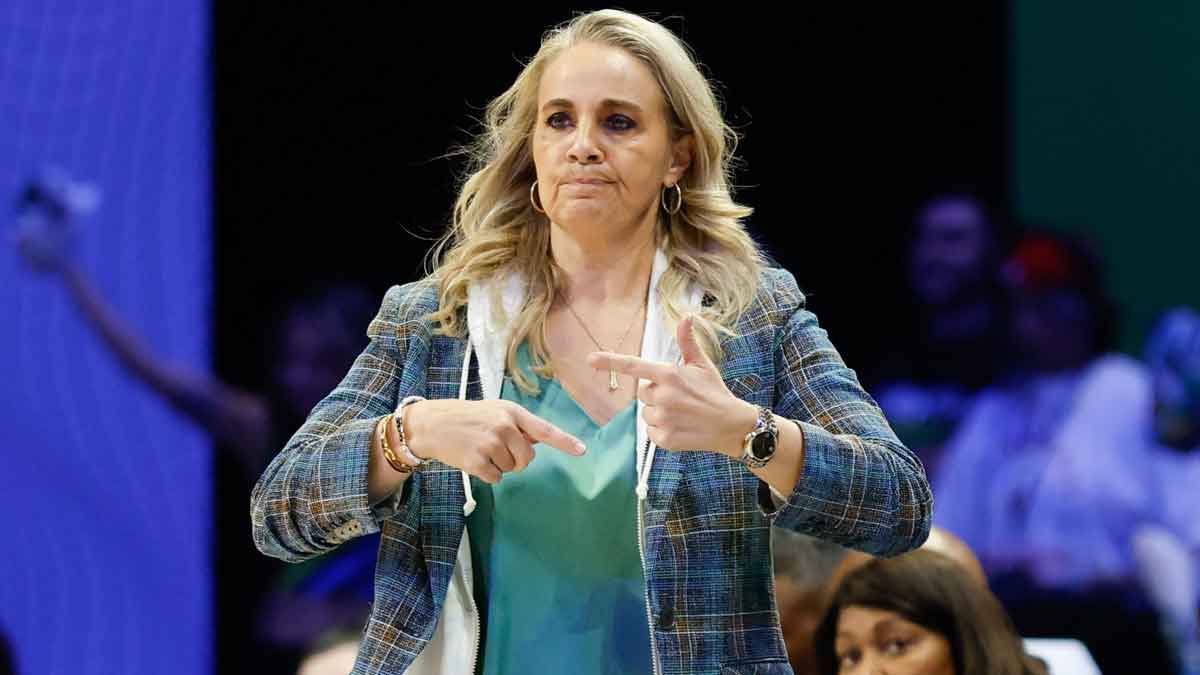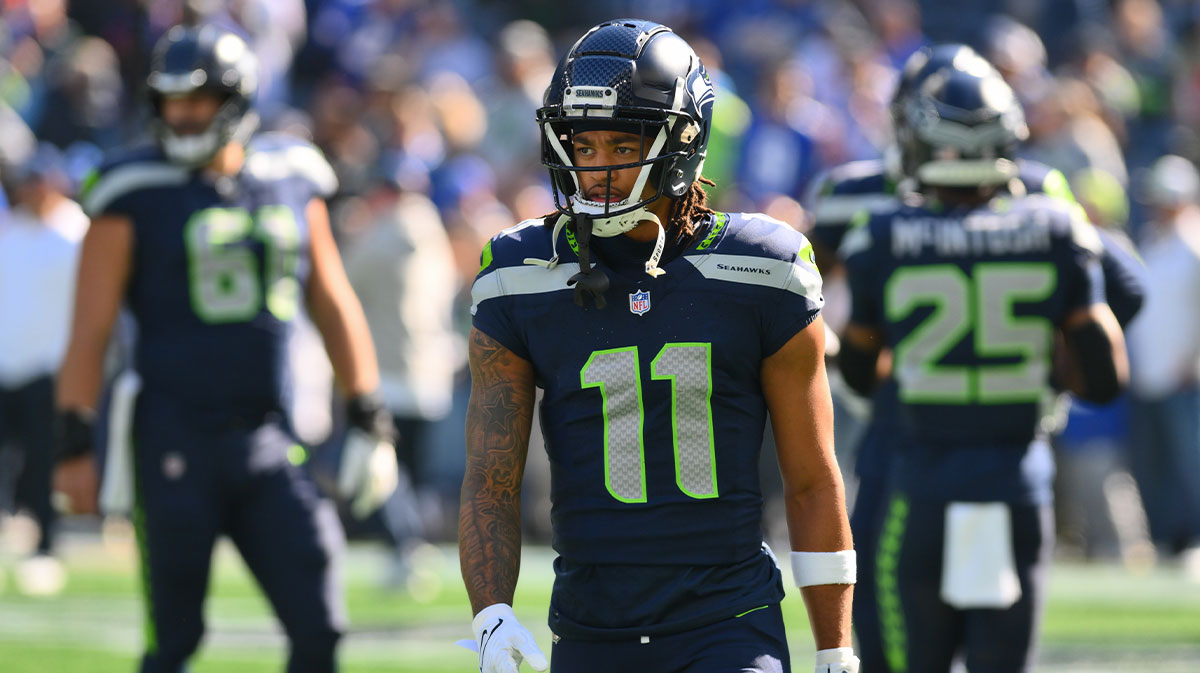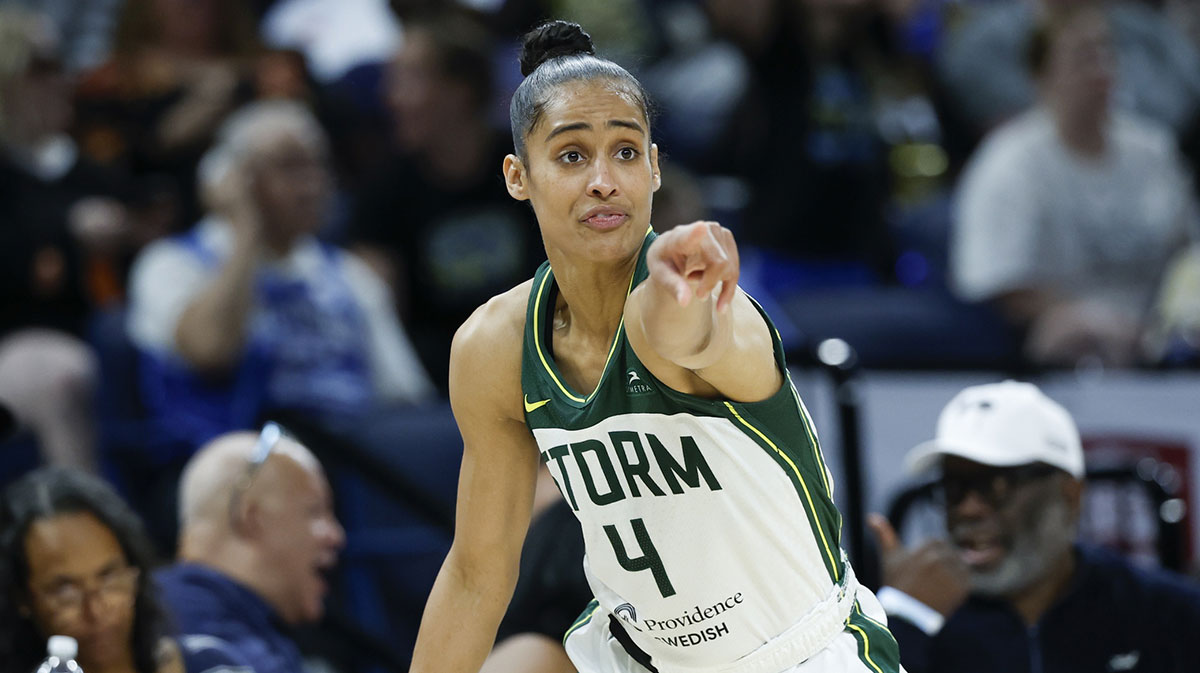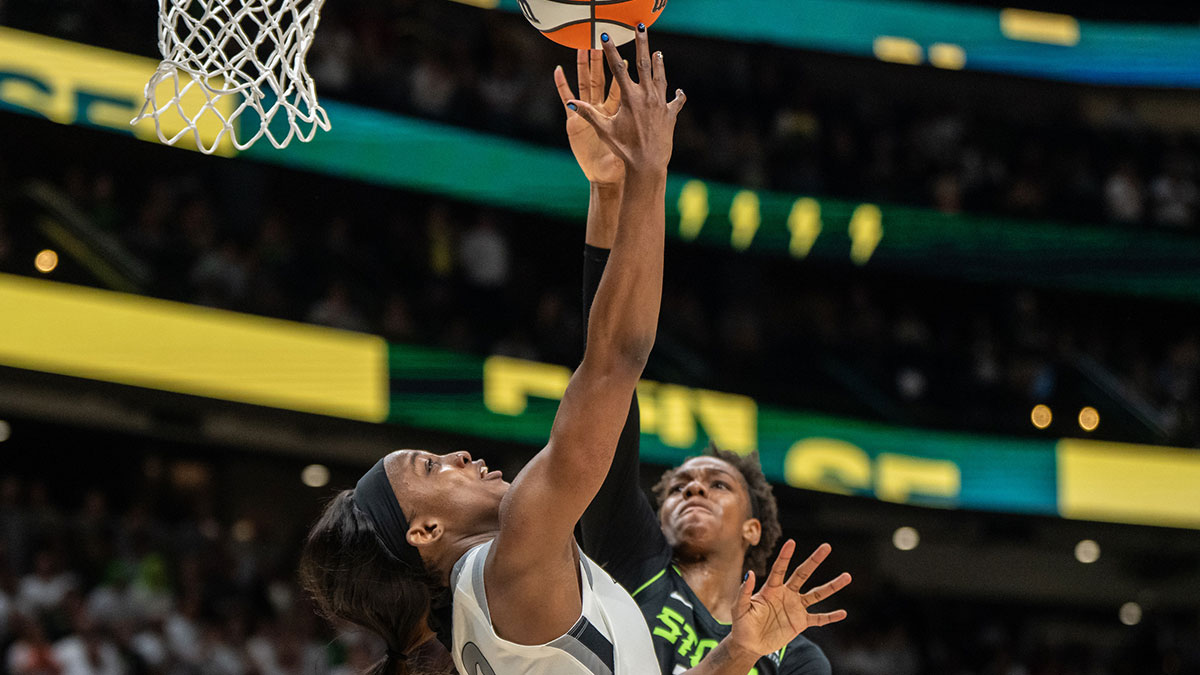The Seattle Storm entered the 2025 WNBA Playoffs with renewed hope, having stopped their freefall and salvaged their season at the last minute with a roster that's anchored by established stars and supported by rising talent. With Nneka Ogwumike, Skylar Diggins, and the continued growth of players like Ezi Magbegor and Gabby Williams, the franchise looks poised to make a meaningful playoff run.
However, in the harshest version of events, the playoffs can become a showcase of struggle for the Storm.
The stage is set ⛈️🎰🍿
G1: Away, Sept. 14 at 7 p.m. on ESPN
G2: Home, Sept. 16 at 6:30 p.m. on ESPN
G3 (if necessary): Away, Sept. 18 on ESPN2🎟️ https://t.co/vPb1RbZhp1 pic.twitter.com/Tjiwa4CqVT
— Seattle Storm (@seattlestorm) September 12, 2025
1. An unforgiving matchup against the top seed
As the No. 7 seed, Seattle draws the No. 2 seed in the first round — a powerhouse Las Vegas Aces team that dominated the second half of the regular season with historically elite offense and unmatched chemistry. The Aces present as a matchup nightmare for Seattle. The Storm, already lacking depth due to injuries, could find themselves unable to keep pace with a team that can exploit every defensive lapse and force their opponent's stars to make inefficient plays.
2. Offensive breakdown under pressure
The Storm's offense has shown all season that it can seriously stagnate, coming to a complete standstill. Ball movement slows, isolation plays dominate, and the team’s rhythm vanishes. Diggins struggles to penetrate against elite perimeter defenders, and Ogwumike, facing constant double teams, is forced into contested mid- or long-range shots. Many off the bench fail to contribute meaningful points, and an inability to create high-percentage looks proves fatal.
4. Star players underperform
The playoffs demand excellence from stars, but Seattle’s key players can simply be worn down. Ogwumike, after carrying a heavy load throughout the regular season, could show signs of fatigue. Her usual poise and efficiency diminish, especially late in games. Diggins, returning from time off and still regaining rhythm, may not deliver her usual offensive brilliance. Ezi Magbegor, a defensive anchor, becomes tentative offensively when burdened with foul trouble. The trio that carried the Storm to the playoffs struggles to maintain its peak under increased physical and mental pressure.
5. Mounting turnovers and mental mistakes
Playoff basketball magnifies every mistake. Unfortunately, the Storm have been committing a number of unforced errors, which have led to plenty of winnable games slipping through their fingers. Miscommunications on switches, over-dribbling, offensive fouls, and errant passes would allow the opponent to thrive in transition. These miscues would not only result in fast-break points but also deflate the team’s momentum and morale.
6. Inability to adjust defensively
The Storm’s defense, usually anchored by Magbegor and Ogwumike, falters against an offense built on ball movement and three-point shooting. Seattle’s defensive schemes fail to adjust to staggered screens, high-low actions, and corner threes. Opponents can isolate Seattle’s weaker defenders and exploit mismatches ruthlessly. When Seattle tries to switch to zone coverage, their rotations are late, leading to easy buckets. Defense can easily become a liability under playoff intensity.
7. Minimal bench impact
Depth becomes a glaring issue if Dominique Malonga and the rest of the supporting cast fail to rise to the occasion. Malonga, though promising, is overmatched by veteran bigs, plus shooting disappears under pressure, and shot selection becomes erratic. Without reliable bench production, the starters are forced to play heavy minutes, further exacerbating fatigue and reducing efficiency late in games.
8. Coaching decisions don't inspire
Head Coach Noelle Quinn would see her game plans and rotations falter if she is too slow to call timeouts when momentum swings, and hesitant to experiment with new lineups. As of now, Quinn doesn't always go as far as she should with her adjustments, and in-game decisions, such as substitutions and defensive matchups, are often reactive rather than proactive. If this nightmare scenario were to pan out, questions would begin to arise about whether the team was properly prepared for playoff basketball this year.
9. Home-court disappointment and fan frustration
Game 2 in Seattle presents a chance for redemption. The Storm home crowd is loud, energized, and hopeful. But as the game unfolds and the Storm falter again, missed shots, poor rebounding, and a sudden scoring drought could continue to be their downfall. Booing the home team is rare in Seattle, but murmurs of disappointment would likely ripple through the stands at least, and that would be enough to indicate that they've lost the faith of the loyal fanbase. That would be more than enough to declare the Storm’s WNBA championship run over.
10. A demoralizing exit
The most obvious worst-case outcome would be if Seattle gets swept 0-2 in the best-of-three first round. If the Storm never reach a third game, the swiftness of their exit leaves little room for hope or silver linings heading into the 2026 WNBA season. A sweep would result in an uninspired and disappointing conclusion to the campaign.
11. Locker room fallout
Media outlets have already criticized the Storm’s seemingly tumultuous situation behind the scenes, and with the contrast between preseason expectations and postseason results, rumors about the team's chemistry move into the forefront of every conversation about the Storm. Internally, meanwhile, contract negotiations will now carry added weight with the CBA expiring, and there is a growing uncertainty about whether the current roster can truly compete at a championship level. It'd be understandable if trust between coaches, players, and the front office is strained, but that series of events would collapse whatever hopes the Storm had left for a deep playoff run.
12. Long-term implications and Offseason Turmoil
A playoff collapse triggers a cascade of offseason consequences. The front office is forced to reevaluate the team’s construction. Questions surrounding rebuilding around younger talent or doubling down on veteran leadership arise more often, which may lead free agents to seek opportunities elsewhere. The team’s ability to attract top-tier talent diminishes, fan enthusiasm takes a hit, confidence in the coaching staff weakens, and pressure mounts for sweeping changes. What was supposed to be a season of resurgence ends in confusion, doubt, and uncertainty.
The Storm’s 2025 playoff run, at its worst, becomes a case study in how quickly a promising start can unravel. What began as a hopeful campaign filled with talented veterans and potential-filled young stars could come to an end with a swift, disheartening exit. The factors — injuries, offensive stagnation, defensive inflexibility, coaching struggles, and underwhelming bench play — each contribute to a broader narrative of disappointment. While the foundation remains in place for future growth, the playoff failure leaves an enduring scar — one that demands introspection, accountability, and a renewed commitment to change. In this grim version of reality, the Storm are reminded that in the WNBA, talent alone is never enough.

